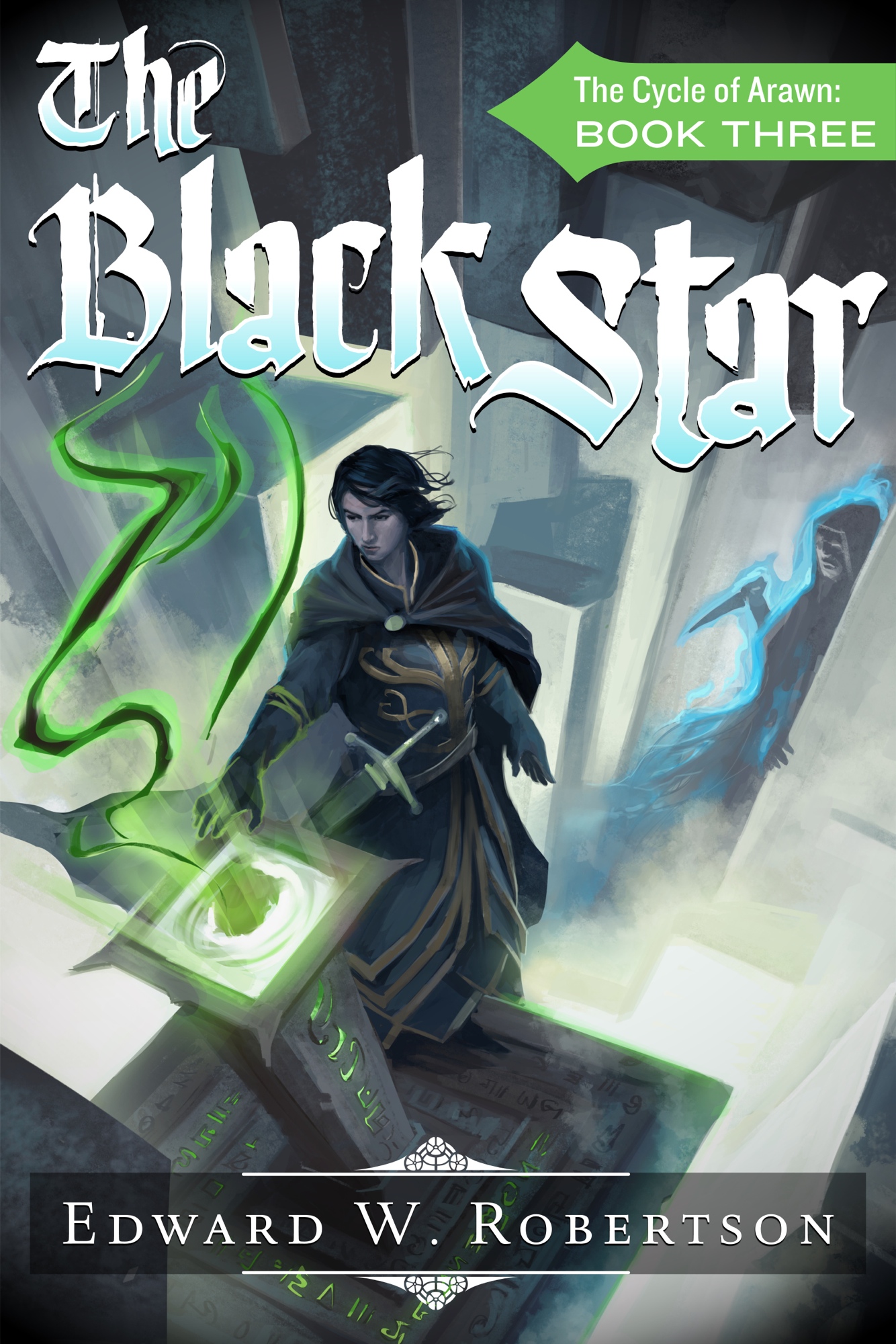Using KDP Select to Crowdsource Your Novel’s Appeal, Part 1: The Basics
In my last post, I talked about how last year’s changes to Amazon’s algorithms were probably intended to put a stronger filter on free books. The idea was to use the wisdom of crowds to ensure that only the Select books with the most sales potential wound up in front of paying customers once the books’ free runs concluded.
This is why authors like Joe Konrath hardly notice a difference. Konrath writes entertaining stuff in popular genres with quality covers (and his name recognition, reviews, etc. probably don’t hurt, either). He’s able to do as well as ever. While it’s good that stories like that are being shared–I self-publish because of Konrath, so without posts like his, this post would never exist–I tend to focus on those of us who are still quite a ways from being Konraths ourselves.
For many of us, then, there is a big difference in Select. Specifically, it’s a lot worse. But even if your books don’t seem to be able to knock it out of the park like Konrath and others, Select can still be useful. Not just to sell books. But to learn how to make your books better.
I touched on this last time, but when you make a book free, you eliminate a reader’s biggest resistance to picking it up: price. When a reader sees a book that costs nothing, and they’re actively looking for new books, their only consideration is whether that book looks like it might be any good.
For an author, this can be a crazy-valuable tool.
You can use free to gauge how much appeal your book’s got. And if you think it should get better results than you’re seeing when it’s free, that’s an indication you may need to tweak its appearance to get shoppers to give it a chance.
I’m going to split this into two parts. In this post, I’m going to lay out the general concept. In the followup, I’m going to dive into specific numbers to look out for, as well as a discussion of how to analyze your results. In other words, this first part will be about eyeballing things and trusting your gut, and in the second part, we’re gonna drop some science on it.
Onward. So you’ve set your book free. The question you’re asking readers is: Does this book look any good? Their answer–the number of times they download it–will help you decide what if anything needs to be done to improve the book’s appeal. In very basic terms, this is how the answers break down.
- A few hundred downloads or less: Your book may not be connecting with readers. Think hard about giving it a makeover.
- A few thousand downloads: Sweet, your book’s got something going for it. You might consider some tweaks, but you’re on the right track.
- Thousands upon thousands of downloads: Congratulations, your book looks like it rules.
Now there’s a huge caveat here. If your book didn’t get many downloads, that’s probably because few free book sites mentioned it. That may itself be a sign that your book needs work–freebie bloggers tend to have good eyes for books that will do well; if they’re not picking you up, readers might not, either–but it may just be a sign your free run ran into some bad luck. (Or that it isn’t ready yet–many sites require 5-20 reviews to run a book; the biggest sites tend to have higher requirements.) That’s why I would never make a decision about changing my book’s appearance based on a single free run.
But if you’ve made it free, say, 3-5 different times or more, and nothing much has happened, your gut may start wondering whether it’s time for change.
Your book was free, so you know its price isn’t the issue. Most free downloads don’t bother checking out the sample, so the writing probably isn’t the problem (though you can never rule it out). That leaves three things: cover, category, and blurb.
- The cover is crucial. Simple thought-experiment: if the cover doesn’t look professional, why would a potential reader expect the writing and story inside it to be any better?
- The categories are pretty big, too. They’re how readers find the kinds of books they want to read. Don’t get cute with them. Unless you’re Nicholas Sparks, if you put your book in Romance, it damn well better have an HEA. If you put your book in SF, but it’s essentially a romance with lasers, don’t be surprised that SF readers aren’t leaping to over themselves to snap it up
- The blurb is less important than the other two, but it still makes a difference. Is it confusing? Does it express your core concept/hook? Blurbs suck and everyone hates writing them, but a good one is money
2 Responses to Using KDP Select to Crowdsource Your Novel’s Appeal, Part 1: The Basics
The Black Star
Narashtovik has been saved—but Dante and Blays' friendship has been destroyed. Blaming the Gaskan king for the loss of his love, Lira, Blays infiltrates...
More info →- Fantasy (5)
- Science Fiction (16)
- Breakers (11)
- Rebel Stars (3)
- The Cycle of Arawn (4)
- The Cycle of Galand (1)







Leave a Reply